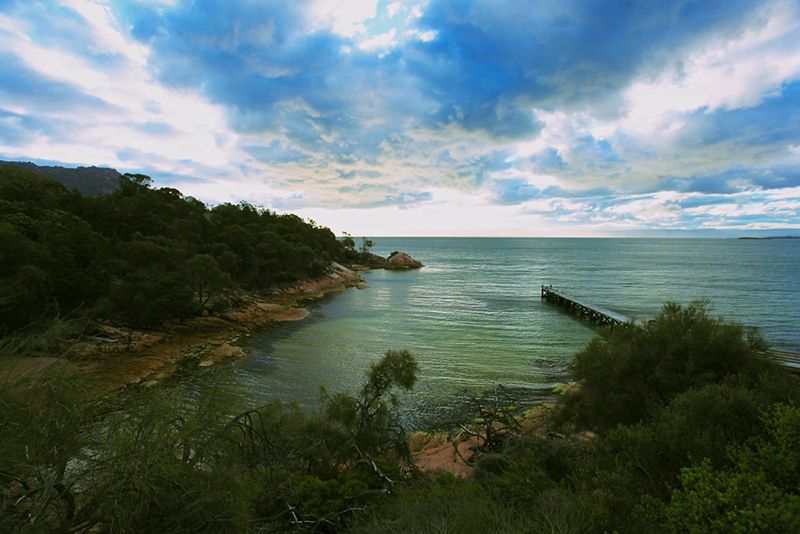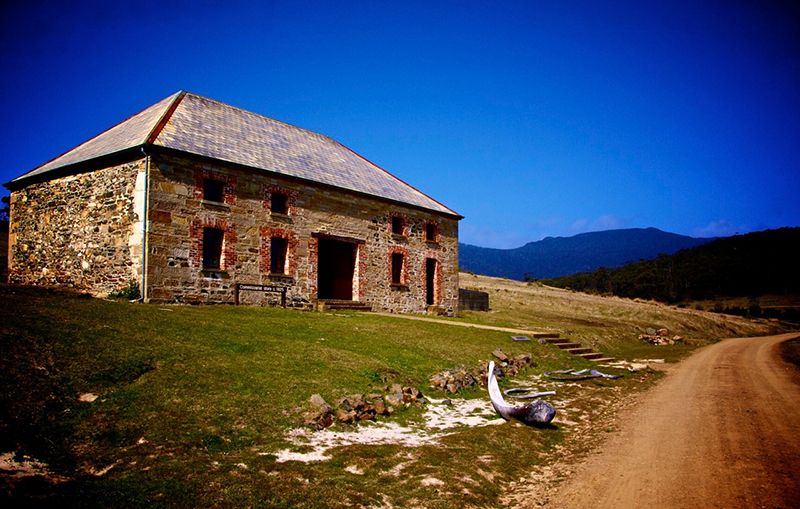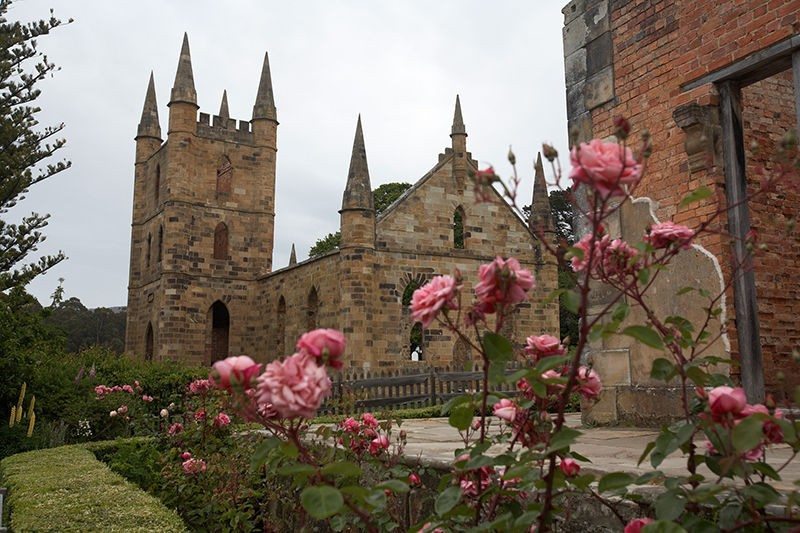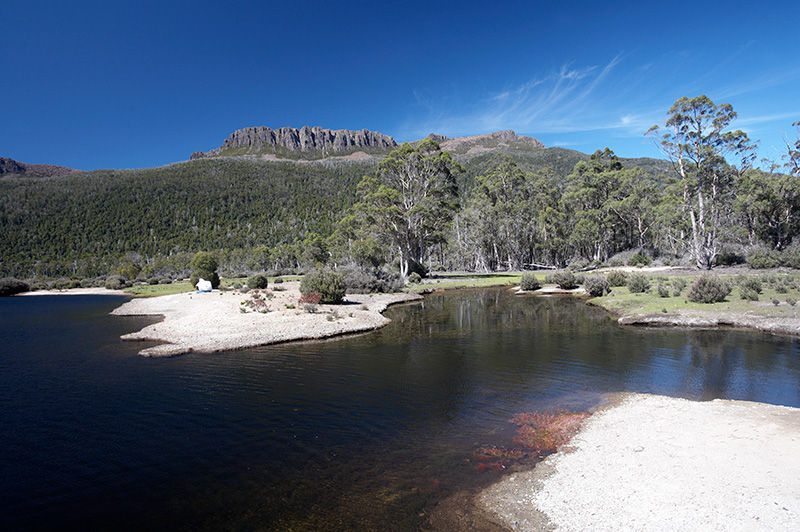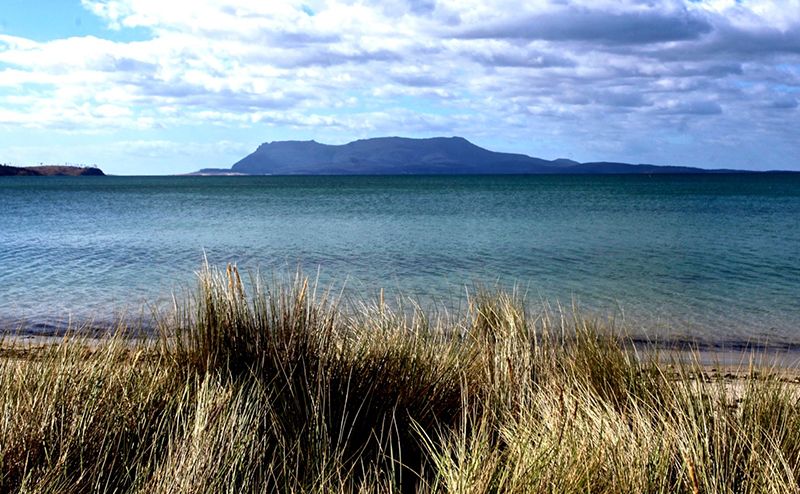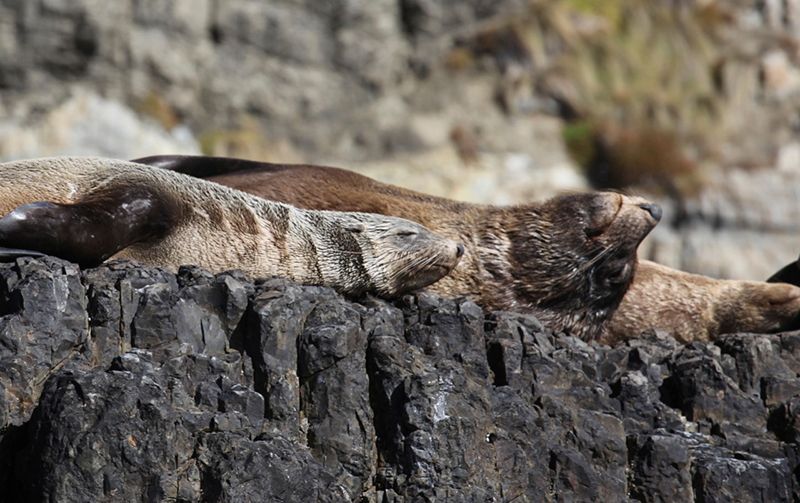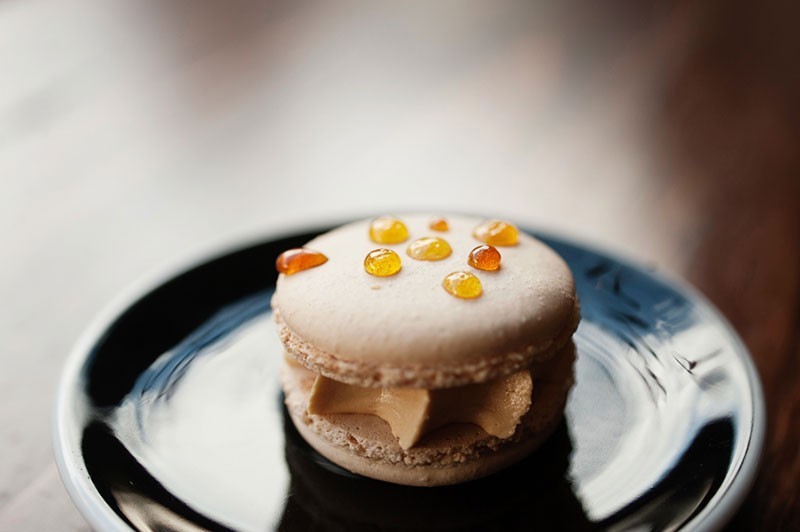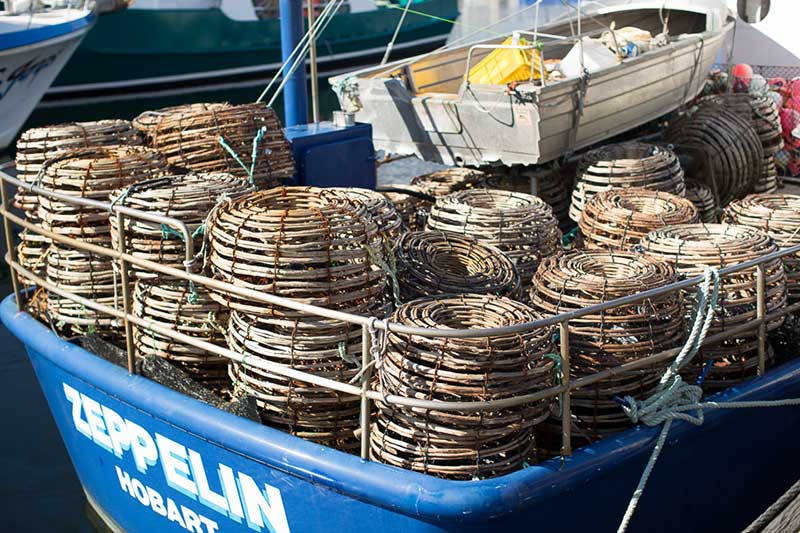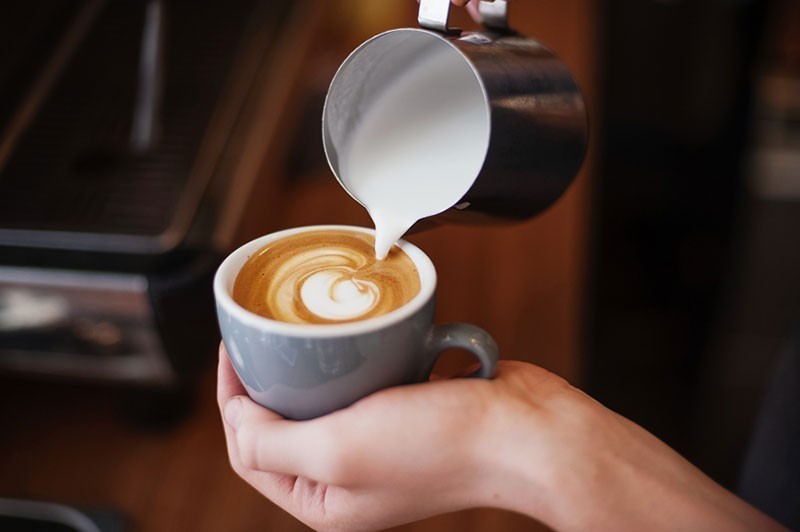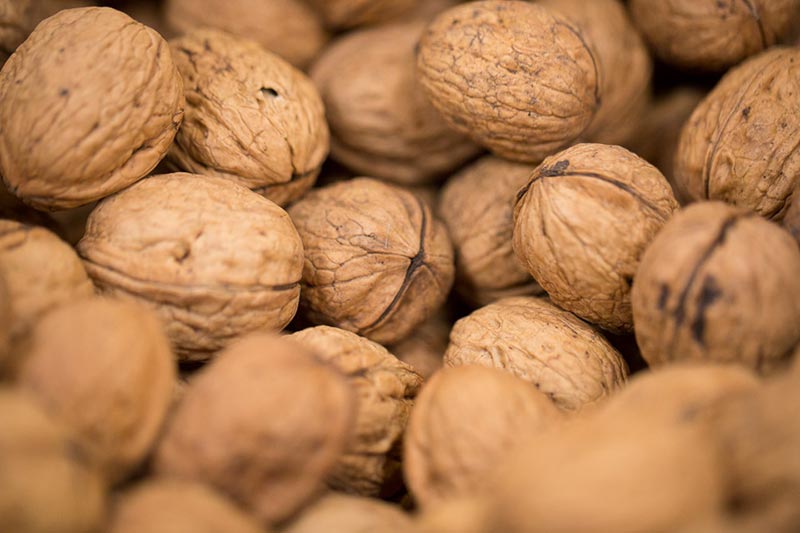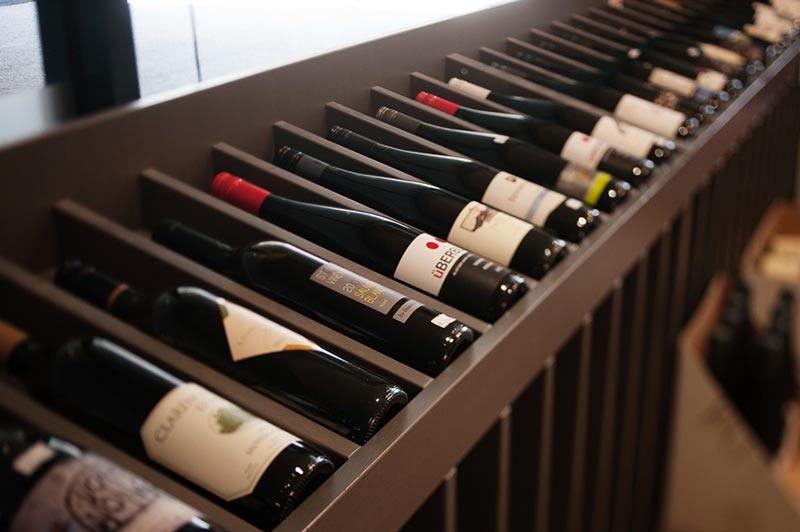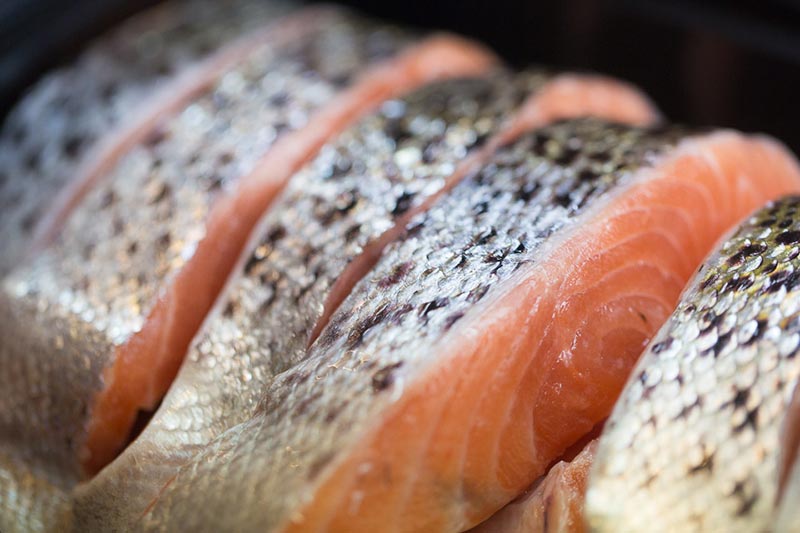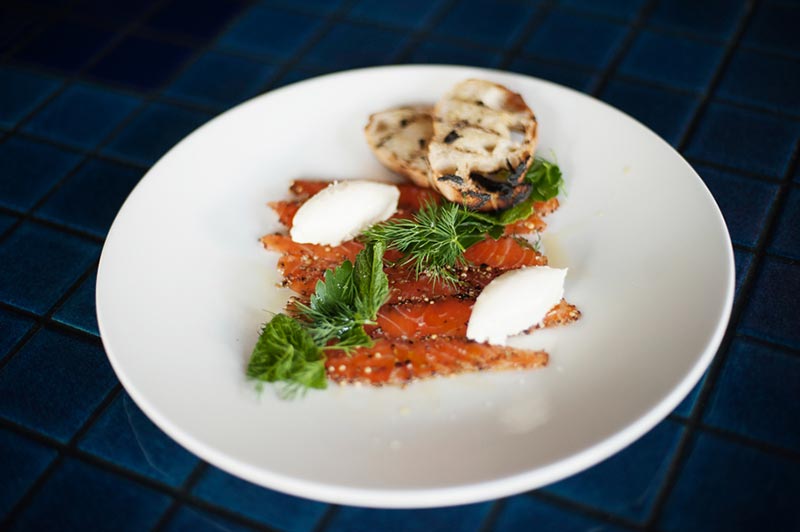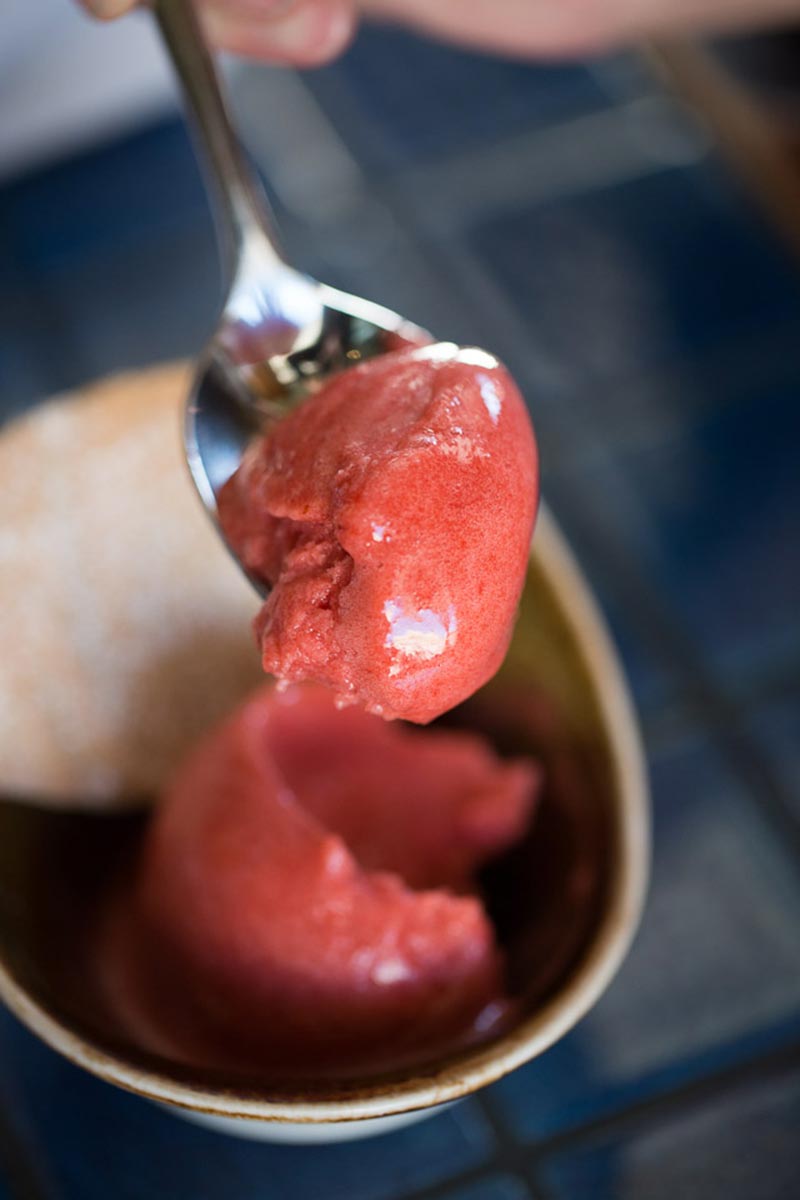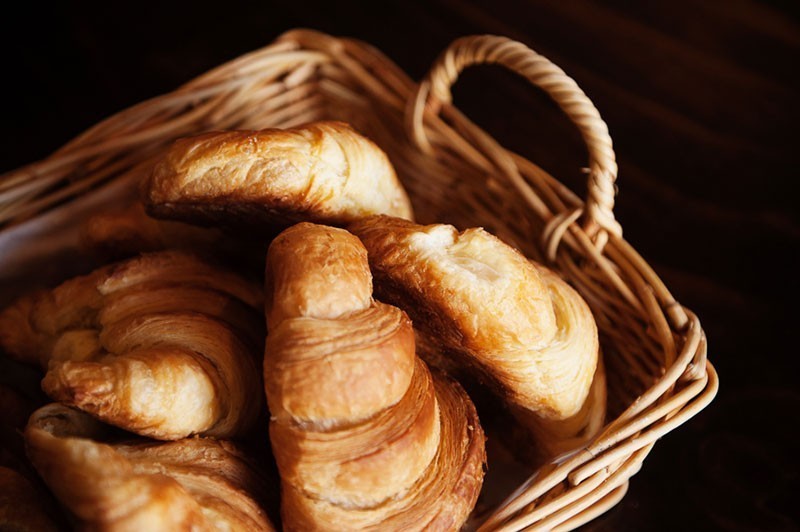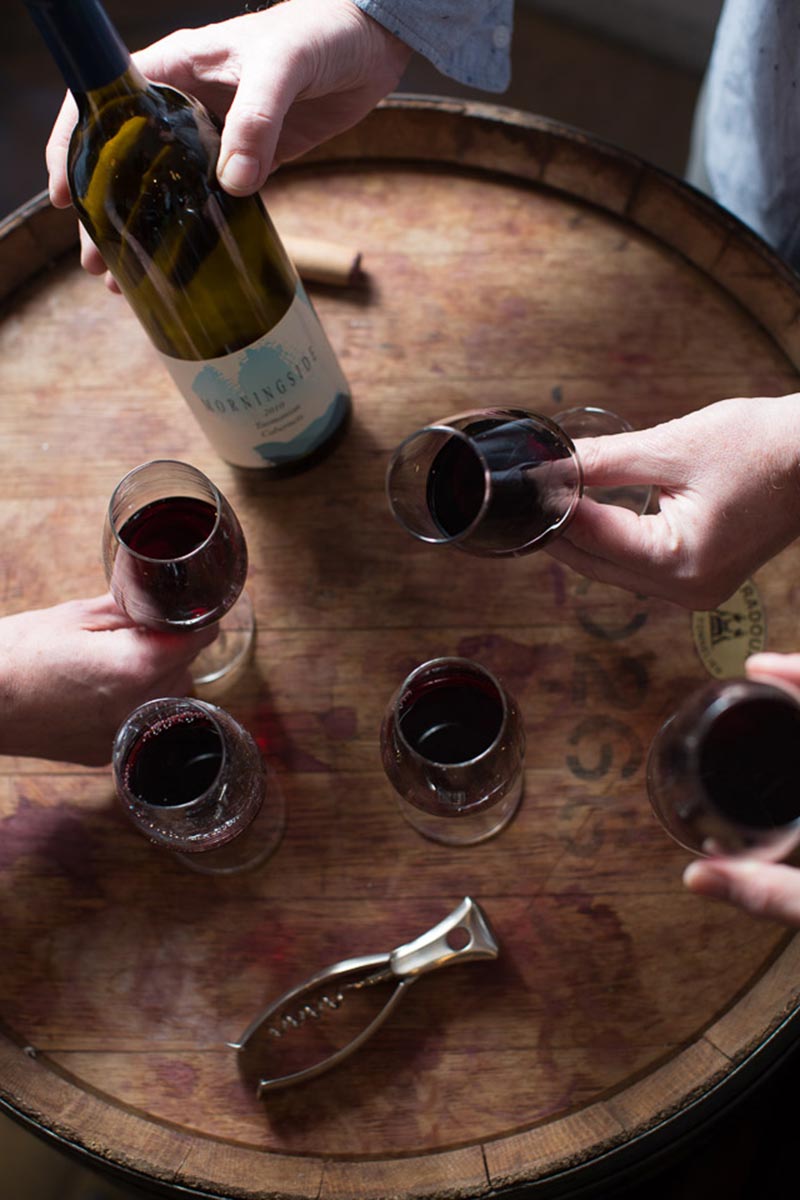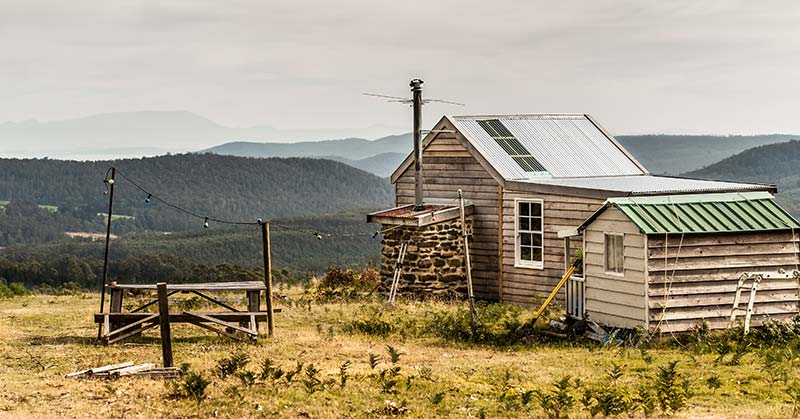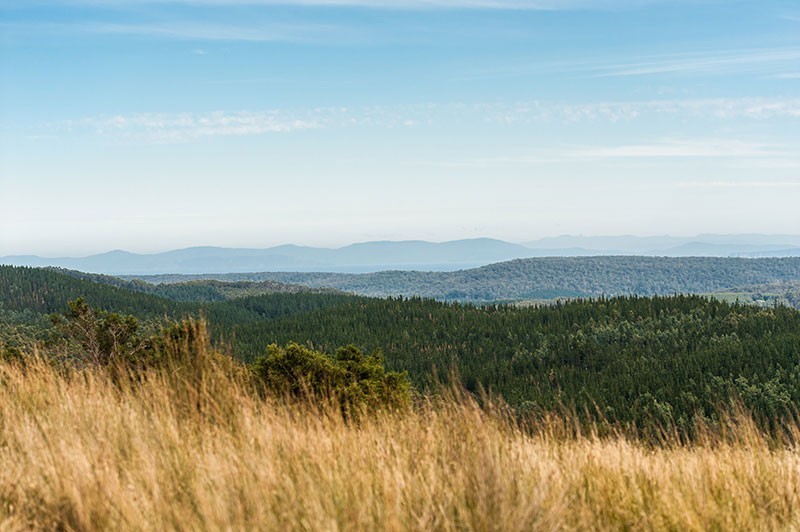It’s 8 am and I’m thinking about all the wonderful things to do in Tasmania as I’m about to fly out of Hobart after a 10-day sojourn. I grew up in Tasmania and while I’m happy living in country Queensland these days, growing up and living in Tasmania for so many years means my link to the southern state remains deep.
With each visit, my love for its extraordinary raw beauty, seafaring history and gourmet produce strengthens.
Asked to list the top 10 places I miss most about Tasmania, I’m thrown into a state of nostalgia and even homesickness.
Contents
- Living in Tasmania
- 10 Places I Miss In Tasmania
- A Foodie’s Hobart
- What inspired you to form Gourmania?
- Is Hobart a great spot for foodies?
- Describe a typical day in your life
- As a former pastry chef does your life still revolve around food?
- What food should every visitor to Hobart try?
- Where’s the best place for coffee in Hobart?
- What are the best desserts in Hobart?
- What about the best sweet treats?
- Where’s the best place in Hobart on a rainy day?
- What should visitors buy to take home with them?
- Where do you go in Hobart to relax?
- Where would you take Mum on a road trip?
- What are your favourite restaurants in Tassie?
- Describe the best meal you’ve ever had
- If you were going to live somewhere else in Tasmania where would you go?
- Most romantic place in Tasmania is…
- Life of a Master Distiller
- Why is the whisky at William McHenry and Sons special?
- What inspired you to set up a distillery in Tasmania?
- Why whisky?
- Have you always lived in Tasmania?
- Is this a family business?
- Describe a typical day in your life
- Is there a bright future for craft distilleries?
- What do they do when they visit you?
- What’s your favourite spot in Tasmania?
- Favourite restaurants?
- If you had to move where would you go?
- Most romantic place in Tasmania?
- Where’s your favourite view?
Living in Tasmania
10 Places I Miss In Tasmania
By Paula Heelan
The smell of an open fire, secluded beaches, sandstone architecture, rosy-cheeked Tasmanians and the network of rolling, country roads hurtle me towards my childhood. And there are just so many wonderful things to do in Tasmania.
I left Tasmania in the 1970’s – a time when many young people felt the need to flee in order to find out what was happening on the mainland and beyond, or in pursuit of furthering careers.
Proud of my island roots, I still call Tasmania home. While I’m not currently living in Tasmania, there are so many places I really love and miss.
Fishing in Orford
In the 70’s my father was a cray fisherman based at the small seaside town, Orford, 73km northeast of Hobart.
Dad fished the deep-sea waters along the rugged east coast.
We knew every inlet, old whaling station, bay and which beaches we could claim as our own.
During the summer holidays, we’d spend every day swimming, water skiing or fishing at any one of the several long, curving beaches close to Orford.
With my own dinghy and outboard motor, a favourite pastime was trawling the Prosser River catching countless fish.
Maria Island
Orford is 6km adjacent to the national park, Maria Island.
Dad often moored his fishing boat at Maria’s pier and while he repaired gear I had a free run to explore the island, sea cliffs and historic buildings still standing.
With its rugged cliffs etched with fossilised sea life, Aboriginal history, a penal settlement, a whaling and seal post and extraordinary wild beauty, Maria Island is, without doubt, my favourite place.
In my late teens, friends and I spent days camping in the ruins, fishing, hiking and swimming. These were some of my favourite things to do in Tasmania.
You can catch the ferry across from Triabunna (free this winter) for a day’s picnic or camp longer. There’s a ranger, but no shops, cars or commercial distraction.
Packed with wildlife, Maria Island is home to Cape Barren geese, the Forester kangaroo, wombats, Bennetts wallabies, rare birds and now a sanctuary to help the survival of Tasmanian Devils.
For the scuba divers in Tasmania, there’s a rich underwater environment in the marine reserve at the northern end and it’s not unusual to see dolphins, whales, seals and seabirds from the shore and cliff tops.
Surprisingly, most people living in Tasmania probably have not visited Maria Island.
Soaking up the sense of history
Growing up in Tasmania I was very aware of its dark past from incarcerated convicts and treatment of the indigenous population to cutting down forests and the extinct Tasmanian tiger.
Like so many, I felt uneasy about the island’s violent past, but with so many historians, authors and artists, publishing, confronting and talking about it today, I think the burden of our past is easing.
Fortunately, historic sandstone buildings across the state have survived development.
While I was living in Tasmania, I remember driving in Tasmania, before highways, admiring the heritage architecture and spectacular farming estates the entire way.
For a long time, many of these buildings were boarded up and neglected.
More recently their worth and beauty have been recognised, with Tasmanians and incoming mainlanders giving them new life.
With strong English influence, towns through the midlands like Oatlands, Ross, Campbell Town and Bothwell are stunning.
Oatlands has Australia’s largest collection of Georgian sandstone buildings and many are now excellent craft shops and galleries.
The main attraction is the Callington Flour Mill, built in 1837.
Recently restored and operating, it’s the only working mill of its type in the southern hemisphere.
Port Arthur and The Isle of the Dead
My great, great grandmother, Harriet Chatfield, is buried on the Isle of the Dead, just off the Port Arthur Historic Site.
Her husband was an assistant superintendent at the prison and her daughter married the chief clerk.
I have a photo of my grandmother sitting on a hill overlooking the Port Arthur Church when she was very little.
The hauntingly beautiful Port Arthur has over 30 buildings, ruins and restored period homes amid striking landscaped grounds.
As kids living in Tasmania, and before it became the massive tourist attraction it is now, we frequently spent the day at Port Arthur, playing and picnicking in the ruins.
You can cruise to the Isle of the Dead and join a guided tour of the burial ground, which gives an insight into the lives of those who were part of the penal settlement including convicts, soldiers, civilians and their families.
While there are more than 1600 burial sites on the tiny island, only 180 have graves with headstones.
They belonged to the prison staff, civilians and their families who were buried on higher ground than the prisoners. Convict graves were unmarked.
Cradle Mountain
When I was living in Tasmania, for many years our extended family met at the Waldheim Chalet, nestled among the myrtles and King Billy pines at Cradle Mountain for the May school holidays.
The chalet, built in 1912, burnt down in 1974 but was replaced with a replica made with traditional bush carpentry techniques and King Billy pine shingles.
Cradle Mountain forms the northern end of the wild Cradle Mt – Lake St Clair National Park and is part of the Tasmanian Wilderness World Heritage Area.
Ancient rainforest, alpine heathlands, glacial lakes, rugged mountains, stands of ancient pines and the myriad wildlife are astounding.
The Overland Track is a magnificent six-day walk.
We’d stay at the chalet for a week or two – bushwalking, wildlife watching, playing in the snow and playing cards – the usual family holiday antics. Living in Tasmania was full of adventure.
For me, a trip to Tasmania isn’t complete without visiting Cradle Mountain – at any time of the year.
Gourmet Food
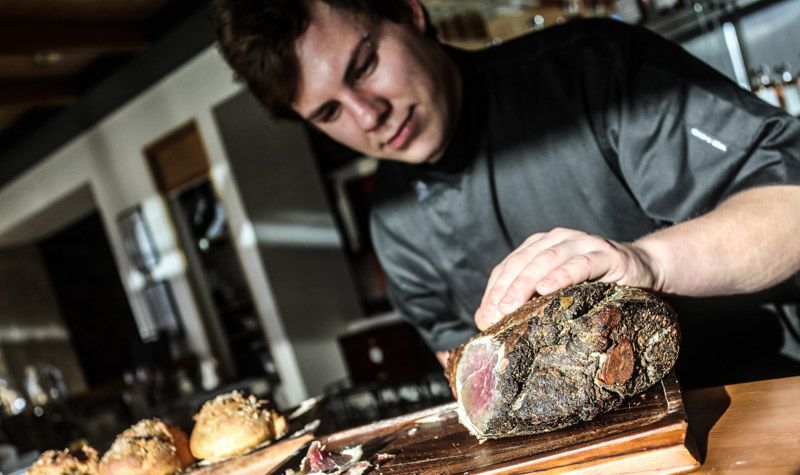
The pure air, climate and fertile soils allow for an abundance of gourmet food, boasting sensational fine wine and fresh culinary delights.
On top of this, a thriving literary and visual arts cultural scene makes it an exciting place to live or visit with plenty of things to do in Tasmania.
Having grown up a fisherman’s daughter in Tasmania, I’ve yet to taste fish anywhere else in the world as good.
Deep-sea, cold water fish are incredible. Eating crayfish, scallops, trevally, trumpeter and my favourite, barracouta, was the staple diet. My mother was a fantastic seafood cook.
The field behind our house was often laden with mushrooms and our backyard was thick with stone-fruit trees and raspberry bushes.
Bushwalking
My love for bushwalking began in Tasmania. A mountainous state, it has some of the best bushwalking experiences to be found.
The diversity includes treks through ancient rainforests, unique alpine plateaus, untouched white beaches and along the edge of some of Australia’s highest sea cliffs.
My favourite walks in Tasmania are:
1- Maria Island
2- The Overland Track, Cradle Mountain (a six-day, 65km walk).
3- Frenchman’s Cap (a challenging walk for experienced bushwalkers that leads to the summit of a white quartzite dome. It’s the most prominent mountain peak in the Franklin/Gordon Wild Rivers district.)
4- Freycinet Peninsula Circuit
5- South Coast Track (Find out more about Southwest National Park)
6- Tasman Coastal Trail (See the stunning scenery of Tasman National Park)
7- Walls of Jerusalem (an alpine region in the central north)
Tasmanian Weather
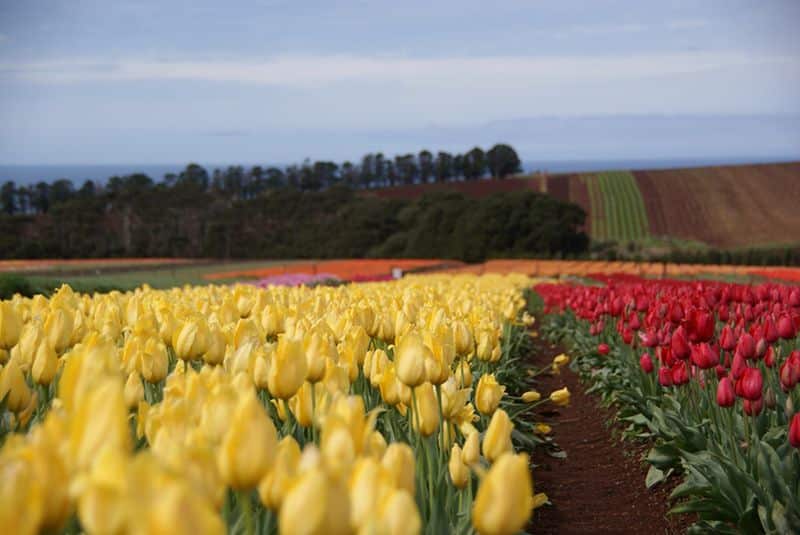
I miss Tasmania’s cool temperate climate.
The transition of four distinct seasons and sudden, extreme weather from time to time is thrilling, especially when it’s winter in Tasmania.
Being on the water
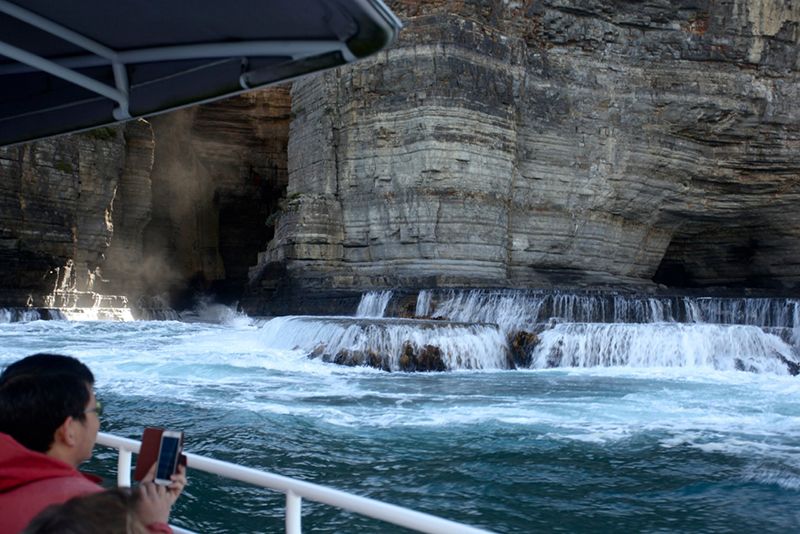
My great, great grandfather was a shipmaster and sailed ships into Tasmania from Europe in the 1840s.
With a strong maritime heritage, the sea has influenced the lives of most Tasmanians.
The Maritime Museum in Hobart is my favourite.
It’s packed with marine artefacts, paintings, stories and images and highlights the significance of sailing and steamships in the development of Tasmania.
My family was sea mad with a love of anything that could float; from speedboats and hobie cats to school holidays on a small yacht and later, dad’s fishing boat.
Tasmanian wildlife
Tasmania has one of the most biologically diverse marine environments in the world due to its climate, location and cool ocean currents.
The waters brim with sea-life and seabirds and are thick with giant kelp forests, sea-grass meadows and sponge gardens.
Sea dragons camouflaged in kelp, little penguins, fur seals, great white sharks, migratory whales, humpbacks and killer whales are common.
Take a boat trip – commercial or private, and you won’t be disappointed.
The chance of seeing incredible wildlife is extremely high and of all those things to do in Tasmania, you’ll want to try and see the native animals.
Watch out for wombats, devils, spotted-tailed quolls, wallabies and echidnas.
Tasmania has several excellent wildlife sanctuaries.
A Foodie’s Hobart
Interview with Mary McNeill (Gourmania Food Tours)
Hobart in Tasmania is filled with scrumptious delights and of the many things to do in Hobart, discovering the city’s gourmet delights is high on the list.
Sixth generation Tasmanian Mary McNeill grew up in Hobart and has lived and worked in Brisbane, Melbourne, Sydney, New York City and Cleveland, Ohio.
An artist turned pastry chef (McNeill studied at the French Culinary Institute), she worked in restaurants and bakeries in USA, France and Australia before starting up Gourmania Food Tours in Hobart.
Gourmania offers food-based Hobart walks where visitors can discover gastronomic hotspots while soaking up city sights.
From an espresso bar with a cult following to the best place to buy a cookbook, a Gourmania tour is a great way learn Hobart’s culinary secrets.
To whet your appetite, here are some tips from Mary McNeill.
What inspired you to form Gourmania?
It’s an idea I originally discovered when looking for things to do in New York on a holiday.
I got the idea after going on a food and cultural tour of Greenwich Village.
At the time, I thought such a tour would be a great thing for Hobart with its mix of food, history, culture and a walk itself through a compelling urban environment.
I had no idea I would be the one to start walking food tours in Hobart. So, I launched Gourmania in 2011.
Is Hobart a great spot for foodies?
Hobart is a very exciting place to be right now for foodies.
On my walking tours, I am able to share with visitors my passion for my home town and the local industry. I provide them with a diverse and delicious range of tasting experiences.
We visit memorable small businesses showcasing only the best of local produce.
Many spots are tucked away in the city and off the tourist trail.
Our easy city strolls or market explorations allow my groups to get an insiders perspective of the city as we meet with industry professionals and get a feel for what makes Hobart tick, whilst discovering why Tasmanian produce is so good.
My drive as a parochial local is to give all visitors the absolute best experiences possible in town. I don’t want them to waste a single moment of their time here!
In addition to any recommendations shared on tour, I provide an e-guide to all the good things in town for my guests.
My guests leave me having tasted amazing local products, having met some impressive local industry greats, and with a feel for this beautiful small city and the exciting experiences it offers.
Describe a typical day in your life
I always savour my first coffee of the day.
I use Villino’s Synergy blend beans and I am the proud owner of an Atomic stove-top espresso machine.
I have a very large soy latte each morning.
I have a quick breakfast of either my own home-made cold ferment spelt bread or sourdough spelt from Pigeon Whole Bakery.
I have a cupboard full of delicious preserves either made by me (cumquat marmalade or apricot jam) or by Joanna’s Jams (find at Salamanca Market) or any host of CWA or farmers’ market jam makers.
Or I have oats with juice and yoghurt and piles of local Hazelbrae lightly roasted hazelnuts or Coaldale Walnuts.
I then gather my tour bag and my child (who I drop off at school en-route) and do a last-minute weather check to make sure I have all the necessary equipment for the tour.
I walk down to the tour starting point, re-confirm all my arrangements with my venues and then meet my guests.
While on tour I share tips and tales as we taste our way around town.
After bidding my happy group farewell, I check work emails and post on social media before heading back to collect the aforementioned child and go back to my home office up on the hill in south Hobart.
There is normally at least an hour or two of office work before dinner preparations.
As a former pastry chef does your life still revolve around food?
Well, by this point I am normally sipping on a divine Tasmanian white wine (perhaps something like a Milton 2013 Guwurztraminer or a Kelvedon 2012 Chardonnay) or maybe I have put together a gin and tonic (with William McHenry’s Classic Dry Gin and loads of fresh lemon or lime).
My son is a cheese lover and we usually have something delicious from Bruny Island Cheese, Tongola or Fowler’s Bay of Fires whilst dinner is on the way.
Food obsessed?
Me?
What food should every visitor to Hobart try?
Dairy, meat and seafood are our top food exports.
Tasmanian milk and cream are of premium quality and produce excellent cheese and butter. The best butter is the house-churned butter at Ethos Eat Drink.
It is made from cultured Ashgrove cream and comes out softly whipped with a sprinkling of seasoned salt.
Beef is our number two export (powdered milk is number one) and if you are self-catering you can’t go wrong with a Cape Grim rib-eye on the bone from Wursthaus Kitchen.
Equally stunning is Tasmanian lamb.
Try the lamb-rump at Frank or the whole lamb shoulder at Peacock & Jones.
Free-range pork is also enjoying the spotlight, with Wessex-Saddleback and Berkshire the breeds of choice.
Try the chorizo from Mount Gnomon Farm, available at the Farm Gate Market on Sundays or visit the farm itself if you are driving up to Tasmania’s Northwest.
Of course, we also have local wallaby, which is perhaps best enjoyed as a burrito from Pacha Mama at Salamanca Market.
Seafood is, of course, amazing from our island state. The number one primary industry is Salmonid farming.
I love to make my own gravlax with Tassal sashimi-grade fillets – they are simply the freshest available and they have gravlax mixes available in their shop to make things easy.
But if you want someone to prepare your fish for you, head up to Smolt Kitchen in west Hobart for a whole baby ocean trout or purchase hot-smoked salmon fillets produced by Bruny Island Smokehouse Wholesalers (available from local delis).
Our Pacific oysters are plump and briny.
You can get them freshly shucked at Get Shucked on Bruny Island or in town at Smolt or if you are driving towards the Tasman Peninsula, call into the Bangor Wine & Oyster Shed.
Abalone and Southern Rock Lobster are our big-ticket items. They are not as easy to get your hands on but sometimes you will find abalone on the menu at Franklin or more regularly at Blue Eye.
For lobster (also called crayfish) try Mee Wah in Sandy Bay.
On local menus also look out for octopus, calamari, scallops and our king of the deep sea fish, the Blue Eye Cod (also called Trevalla).
Where’s the best place for coffee in Hobart?
Coffee?
I can recommend so many places!
You would actually be hard-pressed to find a bad coffee in Hobart these days.
My personal favourites are Ecru in Criterion Street and Capulus Espresso in north Hobart, for both their spot-on coffee and on-the-street ambience.
Solid barista skills and quality beans are available at cafes such as Pilgrim Coffee, Yellow Bernard, Villino, Parklane Espresso, Sash coffee, Zimmah Coffee, Island Espresso, Room for a Pony, Criterion Street Café and Doctor Coffee.
I do have a soft spot for Yellow Bernard for their espresso bar feel and friendly staff. They also have amazing macaroons.
What are the best desserts in Hobart?
The best desserts at restaurants I’ve dined at recently were the olive oil parfait at Franklin and the prune and honey cake with burnt honey ice-cream at Peacock & Jones.
What about the best sweet treats?
Pigeon Whole Bakery for delectable croissants, morning buns and Eccles cakes.
Excellent cannele and amaretti are coming out of the kitchen at Property of: Pilgrim under the guiding hand of Cameron Perry.
At the cute-as-a-button Little Missy Patisserie everything is good. We are also spoilt for choice with delicious things at Jackman & McRoss, Daci & Daci, Summer Kitchen, Sweet Envy.
We are starting to see more and more good ice-cream around too.
There’s the classic crème anglaise small-batch production from Black Mountain Larder and Smolt restaurant has a constantly changing house-made selection.
Also doughnuts are the “in” thing here in Hobart.
The most coveted are the sourdough doughnuts from Lady Hester found at the Farm Gate Market on Sundays.
If you want some gluten-free treats, Jackman & McRoss and Nicolatte have the classic orange and almond cake.
The unassuming Nicolatte has amazing gluten-free brownies too.
Where’s the best place in Hobart on a rainy day?
TMAG (Tasmanian Museum and Art Gallery).
Take your time wandering the galleries checking out colonial art and the culture of the indigenous Tasmanians.
If you fancy a tipple or something good to eat it is an easy dash across to Lark Distillery or the old Mercury building housing Tasmanian Juice Press, Pigeon Whole Bakers and Franklin or coffee at Pilgrim.
Alternatively, head up to North Hobart and grab a glass of wine and head into a movie at the State Cinema.
They have a good bookshop to browse and Dick Bett Gallery, which has a great selection of work from contemporary local artists, is nearby.
What should visitors buy to take home with them?
You can take almost anything home with you as we are the clean, green state! The exception is raw honey but if you have any doubts check the Domestic Quarantine website.
I would recommend you should take home with you:
- Something made from Tasmania’s fine wool (warm and elegant)
- Something made from malted barley (you’ve gotta have some award-winning whisky)
- Something made from cool-climate grapes (maybe ship this one or just grab a delightful dessert Riesling which will easily fit in your carry-on).
- Something made from local seasonal fruit (small jars of jam or chutneys are easy to fit in your bag and last well to re-visit your holiday memories back home).
- Something made from local timber (rolling pins and wooden spoons are beautiful, practical and enduring).
Many local small businesses can also ship premium wine, gin, olive oil and cheese so the sky is the limit really.
You may like to check out Ashbolt, Bruny Island Cheese, William McHenry & Sons and visit any number of cellar doors or drop into Cool Wine in the city.
Where do you go in Hobart to relax?
I like to visit my favourite cafes and read the paper for a quick break or take a bike ride in Linear Park with my son and head to the movies.
I also like to walk along Sandy Bay beach (without a mobile phone).
One of my favourite time-out activities is sitting in my backyard reading a novel – this is absolute luxury for me.
Where would you take Mum on a road trip?
My mum likes easily accessible scenery and tasty food and wine.
We normally holiday at Bruny Island so for a change of scenery, I’d head up to the north and North West of the state.
I would head straight up the highway with a stop in Campbelltown and a visit to Lake Leather shoe shop Redbridge for coffee.
For things to do in Launceston I would eat at Black Cow or Stillwater and grab a coffee at Amelia Espresso, beer at St John Craft Beer Bar and cider at Red Brick Road Ciderhouse.
Around the Tamar Valley and Pipers Brook areas, wineries on my list to visit would be Velo, Jansz and Sinapius. And if I’m in town on a Saturday morning,
I would head to the Harvest Launceston Community Farmers’ Market.
From here there would be two ways to go, I’d either head towards Devonport and Penguin or to Cradle Mountain.
In Devonport, Mrs Jones at the surf club has great food and water views.
In Penguin, I would drop in for coffee and a snack at Letterbox café then drive up into the hills to visit Mount Gnomon Farm for a farm tour and lunch (on Saturday or Sunday).
From here, I would go on to explore more of Tasmania’s North West (if you do this make sure to pick up a guide to the Cradle to Coast Tasting Trail before you set off).
Alternatively I would drive to Cradle Mountain for some spectacular scenery and easy walks.
I would also take advantage of the Waldheim Spa!
Keep a lookout for cheeses, berries and ice-cream en-route to Elizabeth Town.
Heading back to Hobart I would make stops through the midlands firstly at the historic town of Oatlands with a visit to the Callington Mill.
Then on to Bothwell and the picturesque Nant Distillery with an overnight stay at Ratho Farm.
I would then come back via the Derwent Valley and make stops in New Norfolk for a spot of antique shopping and a last cellar door visit at Stefano Lubiana along with a lovely lunch at their Osteria before returning to Hobart.
My last tip is to call ahead to check opening hours and availability as things can change seasonally in Tasmania, especially when there are festivals and special events.
What are your favourite restaurants in Tassie?
My favourite Tasmania restaurants at the moment (keeping in mind it has been a year since I’ve been up north) are Templo, Smolt Kitchen, Black Cow and Mrs Jones.
The food scene is super exciting at the moment.
Never before have we had so many choices in the cities and more regional areas are popping up real gems.
A bunch of young local chefs and entrepreneurs are pursuing their culinary passions and we are the lucky beneficiaries!
Fresh local produce is being utilised like never before.
Describe the best meal you’ve ever had
That is a hard question.
Everything must come together to make it memorable.
I’d say the best overall experience I have had in recent times was at Frank. On this particular night everything did.
They had only been open a few months when we visited.
We had really good cocktails, tasty starters, and delicious lamb with veggie sides, amazing cornbread and caramel dessert.
Good service.
Good company.
Fabulous experience.
Also last summer, I finally got to eat the best fish and chips in Tasmania at Dunalley Fish Market with a group of family and friends after a camping trip. We ate superb fresh fish for $10 a person.
You just get whatever they have available.
What a bargain for best meal hey!
We made it minutes before closing time and ate at one of the outdoor super-rustic tables and felt like the cats that got the cream.
This was truly memorable.
If you were going to live somewhere else in Tasmania where would you go?
I live in South Hobart and if I had to move, it would be to the centre of town.
I love to visit the natural environment, explore small country towns or holiday at the beach but in the everyday I need the urban environment to be happy.
Most romantic place in Tasmania is…
Cradle Mountain in the snow.
It is so beautiful up there and for me even more beautiful to hike through the snow with the pleasure of returning to a cosy cabin, banishing the cold.
Life of a Master Distiller
Interview with Bill McHenry (McHenry Distillery)
You might be surprised to learn that Tasmania has more whisky distilleries than Ireland. And although Tasmania’s distilleries are much smaller than their Irish counterparts, Tasmanian whisky holds its own on the world stage.
Some might say Tasmanian whisky is right up there with the best whisky in the world.
Take a peek into the life of a Tasmanian master distiller and pick up a few tips on travelling in Tasmania.
Falling in love with a region while travelling can lead to wonderful things.
Just ask Bill McHenry, who fell in love with Tasmania while visiting on a family holiday.
It led to McHenry pursuing a dream to become master distiller at William McHenry and Sons, which is the southern-most distillery in the Commonwealth.
I caught up with Bill for insights on whisky and Tasmania.
Why is the whisky at William McHenry and Sons special?
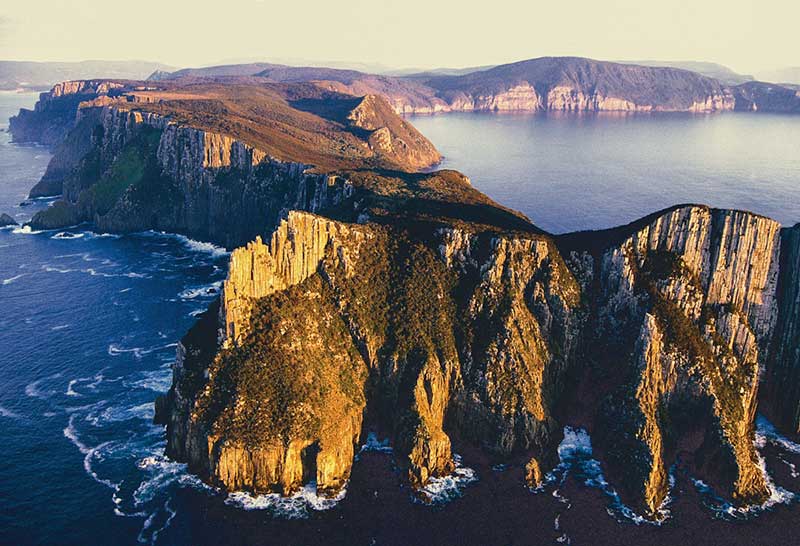
We are the southern-most distillery in the Commonwealth and located ourselves here as the property has springs.
We are the only distillery in Australia with our own springs and I am sure the quality of the water is why our products are so good and popular.
Also with a high average rainfall, being located near the sea and a temperate climate, the humidity is relatively high all year round which is ideal for maturing whisky.
The distillery is in its 6th year and we have roughly doubled our turnover each year.
What inspired you to set up a distillery in Tasmania?
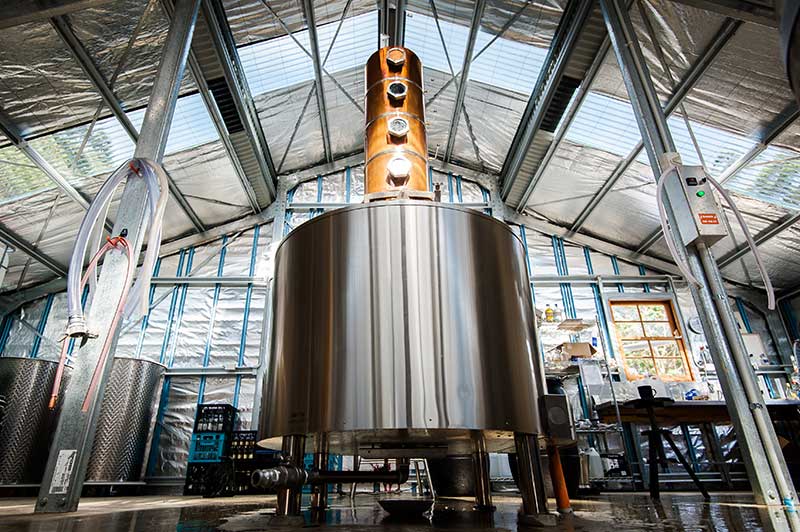
In 2006 I was working for a start-up biotech company.
Three months after joining I found myself in a legal battle between the Company’s board and the bank that had seeded money for the business.
It was a particularly stressful time with an added stress of a young family living in Sydney and the Head Office in Perth 3000km away.
I found I was doing a lot of commuting and spending time away from the family.
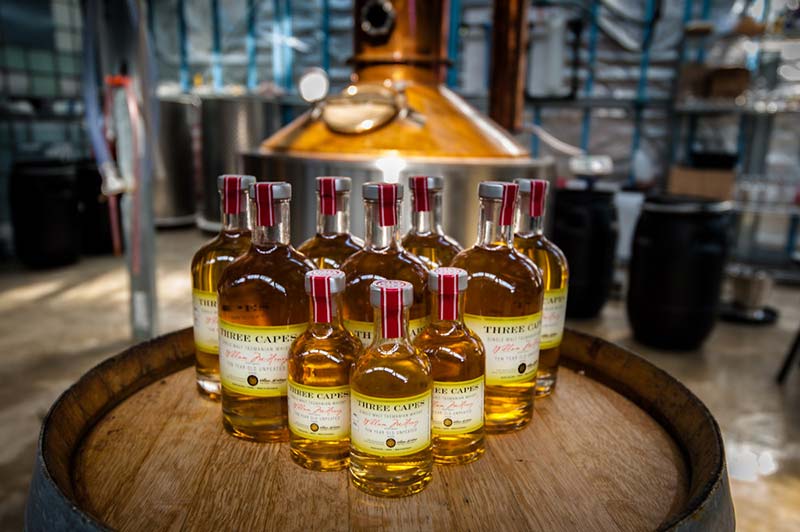
Then one day after a tough day with the lawyers and the Board of the Company I accidentally drove through a red traffic light.
That incident jolted me back to reality.
I went home that weekend to the family and we had a BBQ with the neighbours, good friends of ours.
I retold the story of the red traffic light incident and my neighbour came out and said if I wanted to change careers with a name like William Fraser McHenry I should learn to play the bagpipes, wear a kilt and make whisky!
He laughed but that’s exactly what I am doing!
Why whisky?
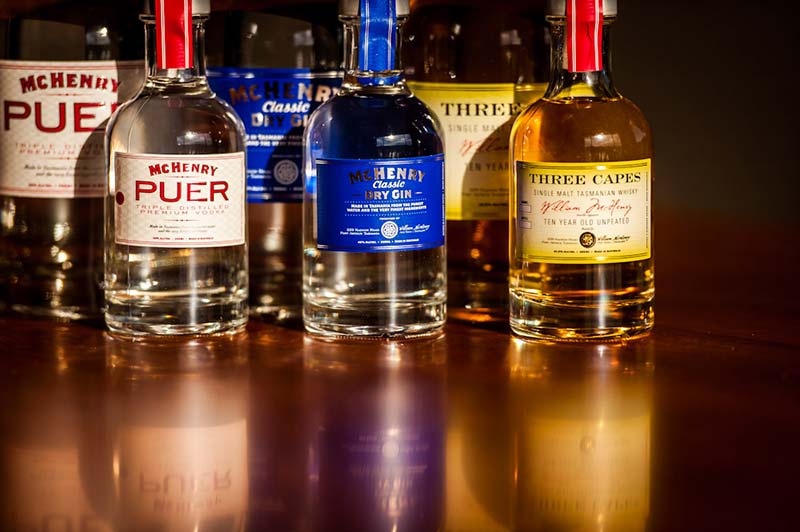
Well, my background in chemistry and agricultural science makes me ideally suited to making whisky as all of the processes are simply basic chemistry.
I was educated at Adelaide University and earned a Bachelor of Agricultural Science but I always had a thing for chemistry from the time I was given chemistry sets for Christmas.
I also studied chemistry to second-year uni.
Have you always lived in Tasmania?
I was born in Adelaide and I have travelled a fair bit, first backpacking around the world in 1980 and then moving to New York to work for Pfizer for five years.
My family is now settled in Hobart.
When I started planning the distillery I travelled to Scotland twice and read as much as I could then got straight into it – there is a Latin proverb – see one, do one, teach one.
We now teach people how to make gin!
Is this a family business?
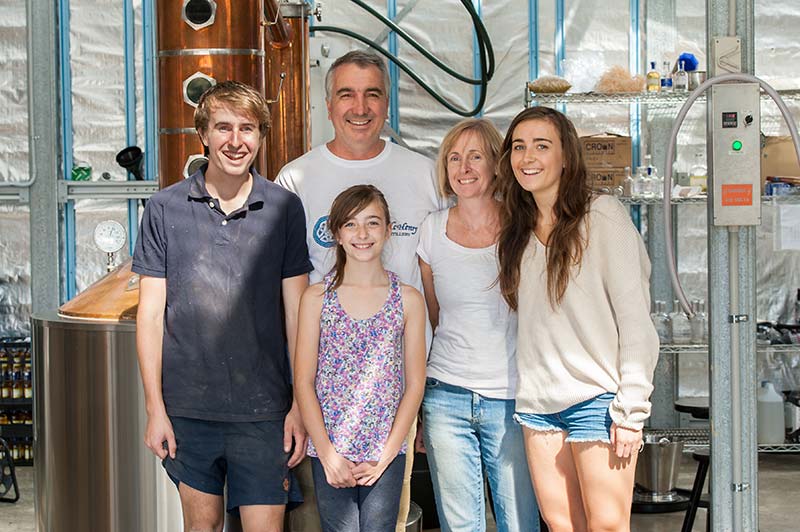
Yes, we are all involved – my wife, me and three children.
The children help out in all parts of the business, my son helping on the property as we have 100 acres to look after, my daughters in the shop where they are suited to customer relations.
My wife is a doctor so she is pretty busy outside the business but helps where she can.
Describe a typical day in your life
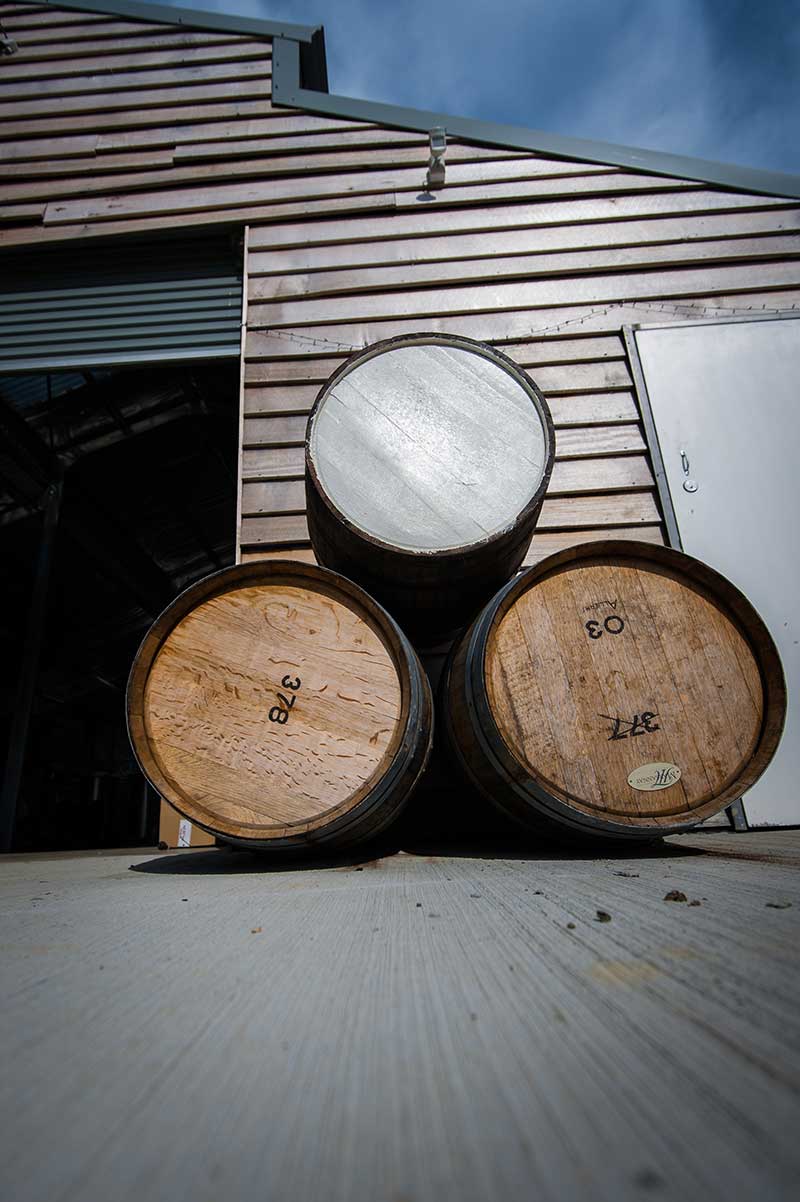
I’m usually up at 6 am to start the still.
Some nights I sleep in the distillery and run the still through the night.
With one still, we have capacity constraints so I try to have it running as often as possible.
After the still is turned on, it’s time for a quick cup of tea and into the paperwork.
The Australian Government has a very onerous taxation system on spirits and we need to record all our production and bottling very carefully.
Then I’ll start to do a bottling run of some gin (Sloe Gin, Barrel Aged, Navy Strength or our Classic Gin).
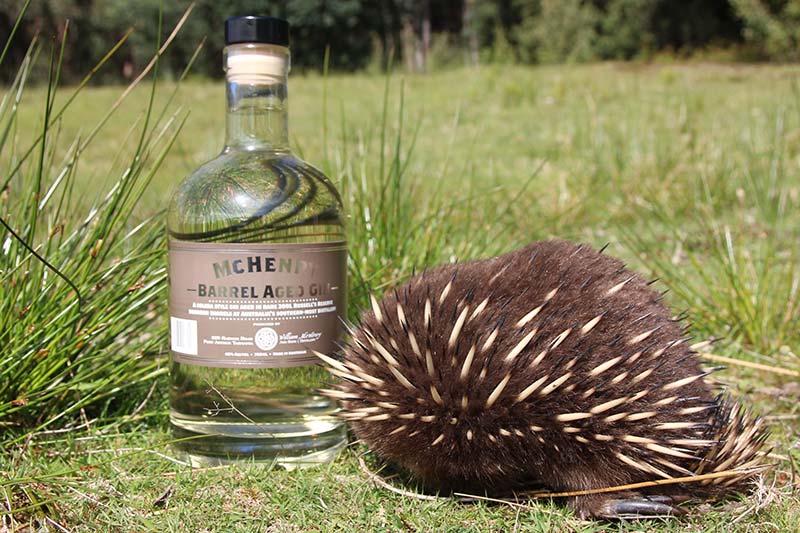
We get visitors all through the day so often I will down tools and show people what we do.
By 6pm the distillation run is complete so the still gets turned off, drained and cleaned ready for the next fill either that night or the next day.
Is there a bright future for craft distilleries?
Absolutely. Handmade products are much in demand.
We are living in an age of growing affluence and people are demanding quality and want to sometimes experience the craft and are coming out of their way to visit us.
We even get visitors making holiday plans around visiting craft brewers and distillers.
What do they do when they visit you?
Our Gin Workshop is a journey through the ages.
We show people how gin has evolved from a simple medicine made by shepherds in Italy to the sophisticated drink served in bars around the world and enjoyed in a huge range of cocktails, from the classic gin and tonic to the famous martini.
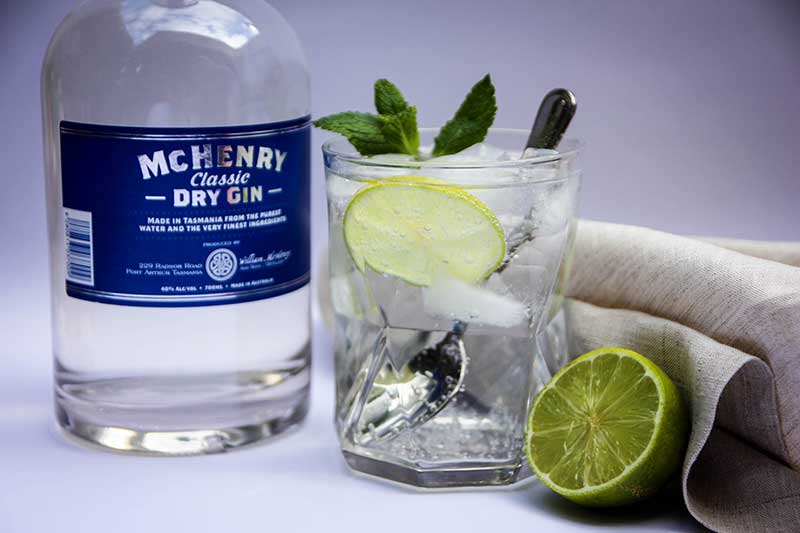
What’s your favourite spot in Tasmania?
Probably Port Arthur as it combines beautiful natural vistas, the highest sea cliffs in the southern hemisphere, the early white history of Australia and beautiful untouched wilderness.
Favourite restaurants?
Roaring Grill in North Hobart and Smolt down on Hobart’s waterfront
If you had to move where would you go?
Nowhere – I am settled here.
I have travelled to all the continents on the planet and I can’t think of a better place to live.
My grave site is already marked out not far from the distillery where I can see the sunset over Norfolk Bay.
Most romantic place in Tasmania?
I love the renovated Pumphouse Point Hotel on Lake St Clair in the Tasmanian Highlands.
Where’s your favourite view?
I think we have one of the best views in Tasmania from the top of the property and shortly we will be building a Pavilion so we can run gin workshops and special events.
The Pavilion will be open mid-2016. Apart from that visitors should go up Mt Wellington on a clear day!
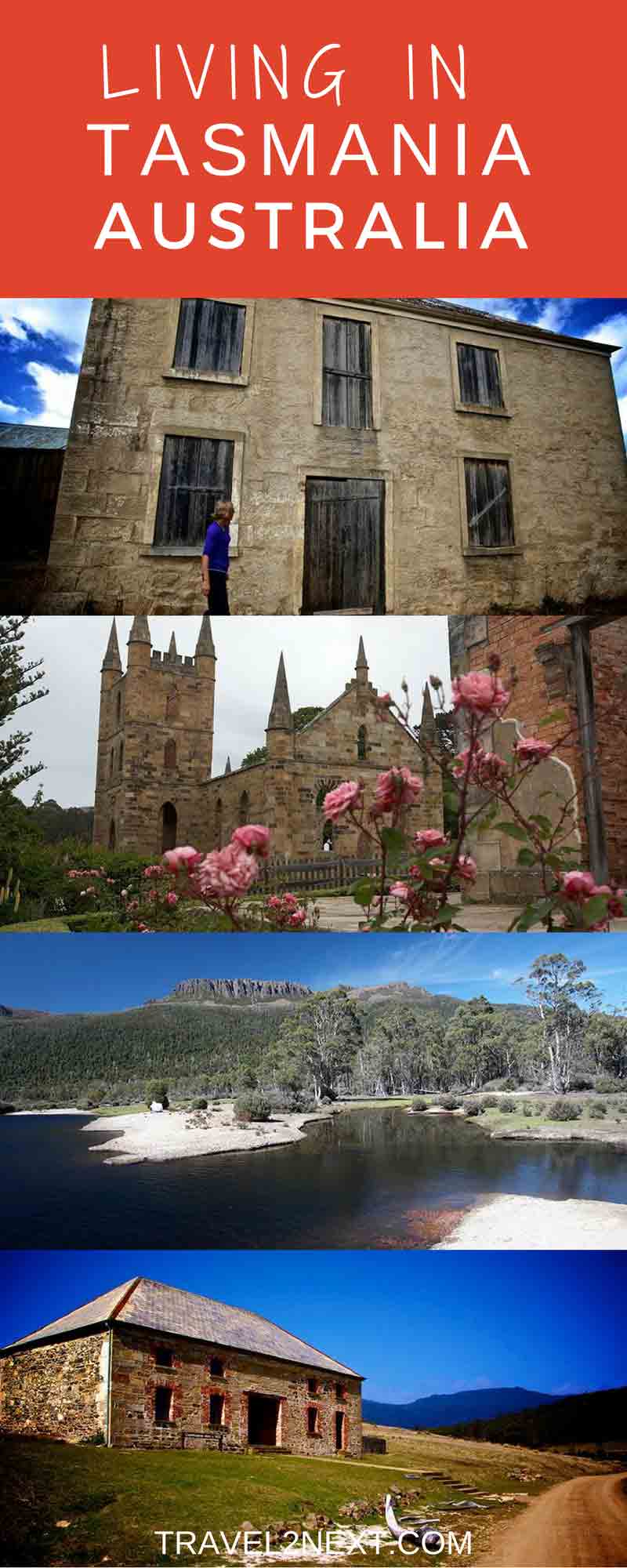
Plan Your Trip

Rent A Car – Find the best car rental rates at Discover Cars. They compare car hire companies to provide you with the best deal right now.

Find A Hotel – If you’re curious about this article and are looking for somewhere to stay, take a look at these amazing hotels.
